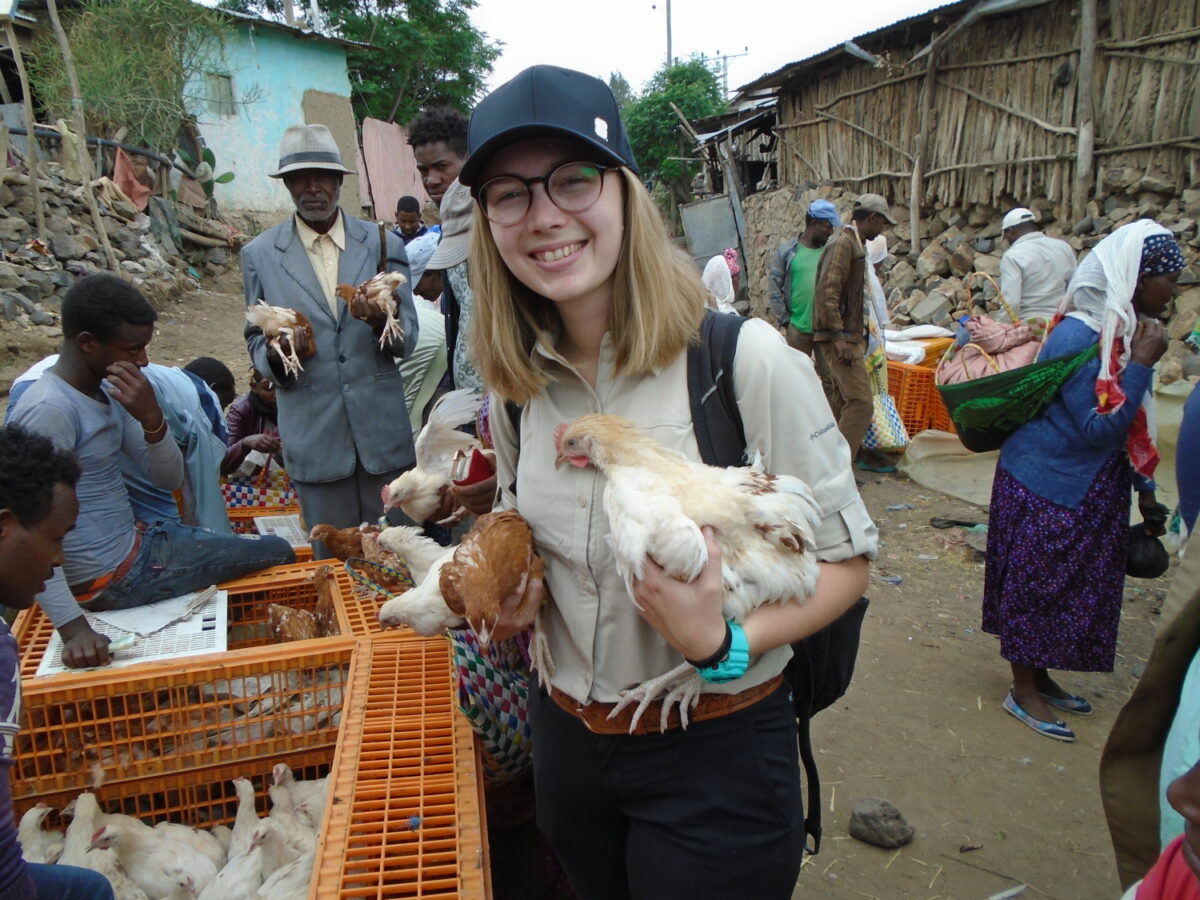Five Questions with a Visiting Professor from India
Suvendu Kumar Behera is an assistant professor and small animal practitioner at Central Agricultural University’s College of Veterinary Sciences and Animal Husbandry in Mizoram, northeastern India. In May, he came to the NC State College of Veterinary Medicine’s global health program to train with Sid Thakur, a professor of molecular epidemiology at the CVM. While here, Behera is learning new techniques for studying antibiotic resistance in bacterial pathogens.
What is your goal while you are at NC State?
I will be here until November, and my main agenda is to learn specific techniques so that I can find ways to study the mechanisms of antibiotic resistance in bacteria and conduct antibiotic resistance surveillance in India. Dr. Thakur and his team are teaching me how to isolate, purify, characterize and preserve E. coli, Salmonella and Enterococcus bacteria. They are also teaching me how to test the sensitivity of these bacteria to antibiotics and detect virulence genes.
Why do you need this training?
My end target is to help clinicians save more animals. Right now, a virus known as canine parvovirus type-2 (CPV-2) is endemic in India. It causes severe hemorrhagic diarrhea in dogs and cats and has very high death rates because there is no antiviral drug. To save the animals, I need to know how to identify and track antibiotic-resistant bacteria, which have become a major problem in our country.
Why are antibiotic-resistant bacteria such a problem for this type of viral infection?
CPV-2 suppresses the immune system and damages the lining of the intestines, causing severe bleeding and necrosis. This makes it very easy for opportunistic bacteria like E. coli, Salmonella and Klebsiella to enter the bloodstream and cause systemic infections. If left untreated, the mortality rate can reach 91%. To save the animals, we have to use intensive antibiotic treatments and fluids with electrolytes. However, inappropriate use of antibiotics has created bacteria that are resistant to multiple antibiotics, which makes the infection extremely difficult to treat.
How will antibiotic resistance research help this endemic?
The presence of antibiotic-resistant bacteria in these animals is not just a huge challenge for veterinarians. It is also a major public health risk because these dogs live with humans, and many of these bacteria can cause infections in humans. We need to study antibiotic-resistance patterns to understand how these drug-resistant bacteria are spreading so we can prevent future infections in animals and humans.
What do you plan to do after you finish your training?
Right now, there is no report of CPV-2 in seven northeastern states of India, but because these states share borders with Myanmar, Bangladesh, Bhutan and China, it is imperative that we develop strategies for preventing virus transmission and the spread of antibiotic-resistant bacteria across these borders. When I return home, I plan to study antibiotic resistance in bacteria collected from animals in the northeastern states of India and use antibiotic sensitivity testing to identify which antibiotics will be effective. This will help guide clinicians in choosing the best treatments for their patients if we have a CPV-2 outbreak and help us combat the spread of antibiotic resistance by minimizing the use of unnecessary antibiotics.
If you have questions about this article or our global health training, please get in touch.
This post was originally published in CVM Global Health Program.
- Categories:


